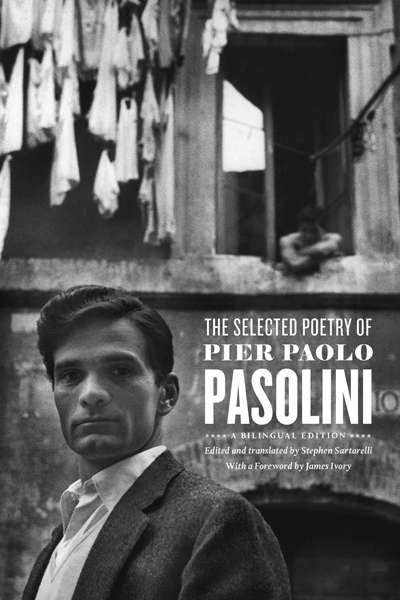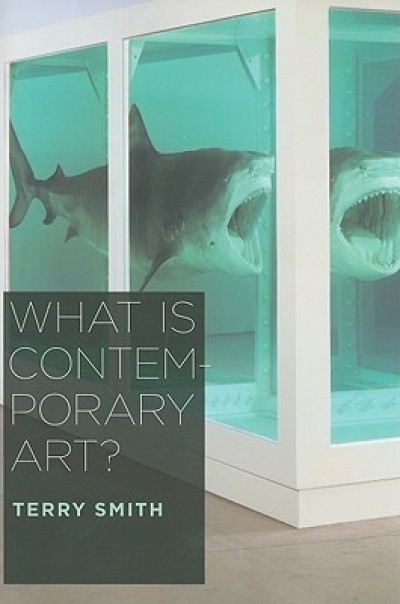University of Chicago Press
The Selected Poetry of Pier Paolo Pasolini: A Bilingual Edition by edited and translated by Stephen Sartarelli
by Annamaria Pagliaro •
Notebooks, English Virtuosi, and Early Modern Science by Richard Yeo
by Wilfrid Prest •
Richard Wagner: A Life in Music by Martin Geck (translated by Stewart Spencer)
by Robert Gibson •
The Open Door: One Hundred Poems, One Hundred Years of Poetry Magazine by Don Share and Christian Wiman
by Stephen Edgar •
Piracy: The Intellectual Property Wars From Gutenberg to Gates by Adrian Johns
by David Throsby •
Goodbye Cinema, Hello Cinephilia: Film Culture in Transition by Jonathan Rosenbaum
by Jake Wilson •









